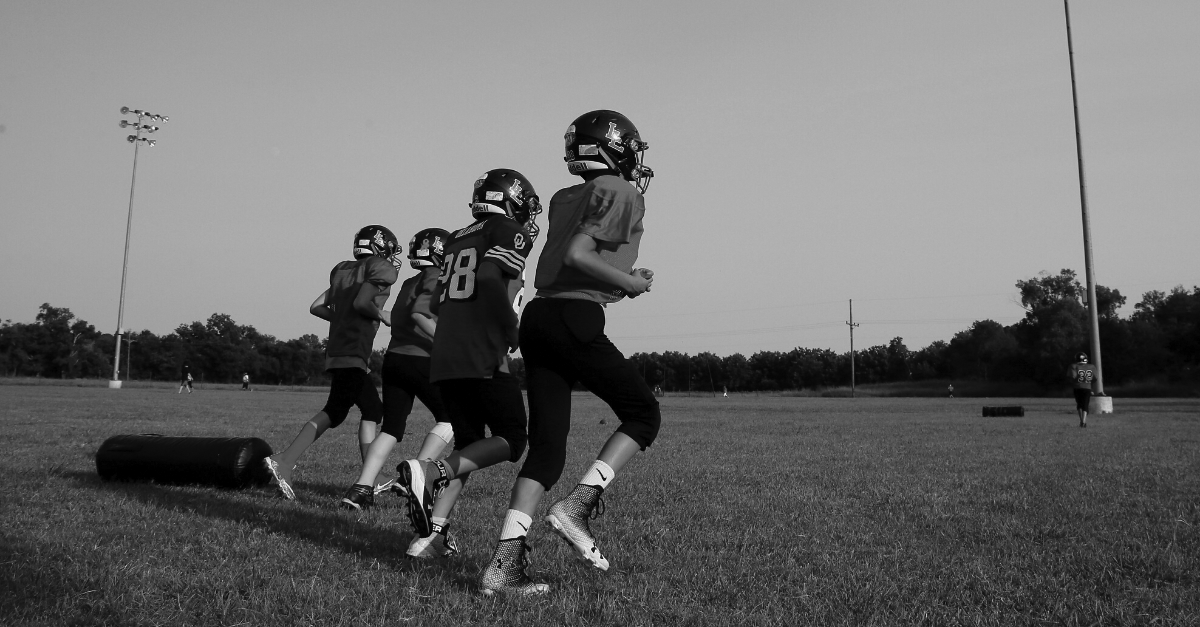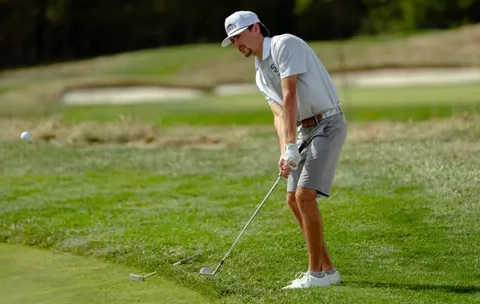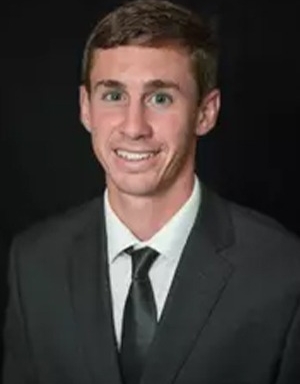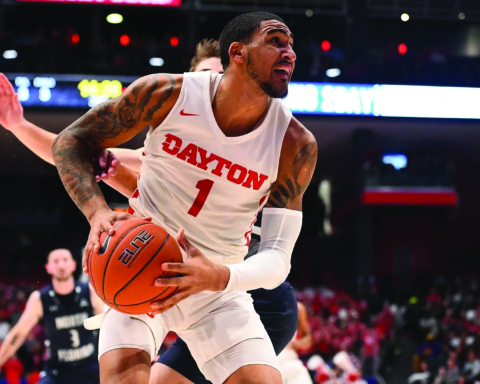A proposed ban on Youth Tackle Football in New York State has resurfaced
Football…it’s America’s game…and it’s slowly dying.
The game of football has been played under a microscope ever since tragic stories started to flood in from former NFL players. Stories detailing the struggles many of these players endure in their retired lives as a result of dealing with concussions suffered and often not reported during their playing careers.
The scrutiny that the game has received since then has slowly trickled down the ranks and is now taking its toll on the youth level. Tim Jordan, the former president of the Olean Area Youth Football League, is concerned that the demise of youth football is closing in.
“I believe that…it’ll be gone inside the next 10 years,” said Jordan. “I hope it’s there…but I see where they will slowly eliminate it and make it all flag [football] at the youth level.”
In 2013 Michael Benedetto, a state assemblyman who represents Bronx County in New York City, introduced a bill that would prevent youth football leagues and schools from offering the tackle version of the game in New York State. The bill encompasses children ages 12 and under. It’s called the John Mackey Youth Football Protection Act, inspired by former NFL star tight end John Mackey who developed severe dementia from repeated head injuries over his career and died in 2011.
The bill didn’t garner much support. However, new research has come to light that links playing tackle football at a young age to a higher probability of suffering from degenerative brain disease. Legislators are now jumping at the opportunity to capitalize on that new information.
On Oct. 29, the New York State Assembly held a hearing on the potential ban against youth tackle football, according to an article from the New York Post. Although nothing has been made official yet, it has caused concern among countless communities across the state, especially in western New York.
This past Saturday, Spectrum News Buffalo reported that a rally was held in North Tonawanda in response to the ban. The rally had the intention of sending a message to the lawmakers in Albany pushing for the ban. Those opposed to it are asking that the situation be left in the hands of the parents and the children, not the politicians. It’s a notion that is echoed by some here at St. Bonaventure University that are close to the game.
“If I think it’s right for my kid…and my kid does well, why would I tell my kid you can’t play?” said Cameron Myers, general manager of Bonnies sports properties. Myers, who’s 8-year-old son completed his first season of youth football this year, also concluded his first season as an assistant coach on the local youth football team, the Olean Huskies. “That’s on me as a parent to…determine whether that’s right or not. Not…the government worrying about something other than government.”
But for many parents, the concern for safety is too great to warrant allowing their child to continue to play tackle football. It was a decision made by Michael Bates, the tennis coach at St. Bonaventure, and his wife to pull their son out of football after only one year playing with the Huskies. And he doesn’t believe the parent should be the one making the decision for the child.
“I would be in favor of it [the ban],” said Bates. “The kids don’t know…what’s going to happen to them later on…sometimes these parents are living through their kids…they know that’s how you make them tougher…but it doesn’t always prove the right way.”
What coaches and members of youth football, not just in New York State, but across the country, are trying to get across to parents and politicians is that the game has never been safer. Jordan said that the NFL has stepped in and has helped train coaches on teaching safe tackling. USA Football has even implemented a program called “Heads Up Football,” that requires every coach in youth football to be certified with USA Football and heads up tackling.
Myers, who said that his team spent weeks doing nothing but teaching the technique of tackling, saw positive results in just his first season with the group.
“We had 33 kids on our team, we didn’t have one concussion this year. I think, you know that speaks volumes,” said Myers.
Safety is at the forefront of everything the coaches in the OAYFL teach. Many of these coaches are parents themselves, so why would they put their own child in danger and send them out for youth football. One of the biggest fears among youth coaches is that if you eliminate the level that lays the groundwork of the sport, the repercussions as the athletes move on in their football careers can be detrimental.
“I think moving forward it’s going to be more unsafe to not have youth tackling football,” said Jordan. “I don’t see them stopping it in high school football…now when they get to that older age where the game speed is so much faster…there’s no room for mistakes. I think you’re going to create more injuries.”
The question now is, “What will kids that no longer have the ability to play youth football resort to?”
“In the area that I’m in [Olean], there’s a lot of…single-parent homes, split homes” said Jordan. “Some of these kids don’t have the best life. And some of their best parts of their day is coming to football…When you see these kids show up to practice a half hour early and hanging out with you after practice, it’s the best part of their day.”
There is risk of injury in every sport. Is the damage being done in football that much more egregious than in a sport like soccer or ice hockey? That’s the problem. There’s this stigma weighing down football that it’s the most brutal, vicious sport out there. And while it unequivocally created some concerning health problems, the strides that are being made in alleviating these problems are going unnoticed, and undiscussed.
The harsh reality is that youth football, and potentially the game of football itself is hanging on by a thread. It’s only a matter of time before that thread is cut.
By Tommy Valentine, Staff Writer
vallenttr19@bonaventure.edu






